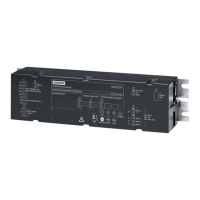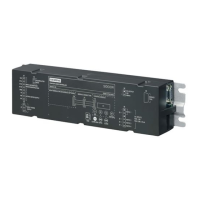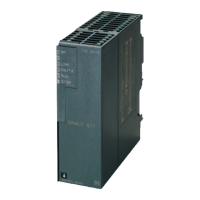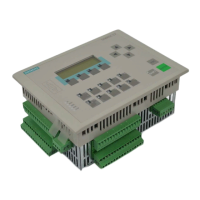• Door command change (except "deenergized") via the terminal, the service interface or the
eldbus system
• Interruption of the ESPE, pressure sensitive edge or light barrier
• Exceeding the maximum weight to be moved
Mass determination
WARNING
Weight to be moved determined with the learn run
Depending on the mechanical coupling between the motor and door panel, the weight to be
moved determined during the learn run can dier from the actual weight to be moved. For the
M5 and MDG5 motors, the maximum possible weight is always preset after the learn run.
The weight to be moved determined during the learn run must be checked and, if necessary,
corrected via the basic parameter editor (as of V1.10).
During the learn run, the weight to be moved (m
e
) (eective total weight) of all moving
elements of the motor, the door mechanism and the door is determined.
The weight to be moved (m
e
) is calculated from the sum of the mass equivalent of the rotor
inertia of the motor (m
rot
), the moving door weight (m
door
) and the moving weight of the door
mechanism (m
mech
):
P
HII
P
GRRU
P
URW
P
PHFK
No general specications can be made for the mass to be moved of the door (m
door
) and the
moved mass of the door mechanism (m
mech
). These values are determined for the specic door
system.
The mass equivalent of the rotor inertia of the motor (m
rot
) depends on the motor type, the
output ratio on the motor axis and the transmission eciency.
The following tables list the mass equivalent of the rotor inertia for SIDOOR motors with a
transmission eciency of 85%.
For the SIDOOR M3, M4 and M5 motors, the mass equivalent of the rotor inertia of the motor is
constant:
Motor Mass equivalent (m
rot
)
M3 22 kg
M4 22 kg
M5 93 kg
For the SIDOOR MDG3, MDG4 and MDG5 motors, the mass equivalent of the rotor inertia of the
motor is:
MDG3, MDG4
Output transmission Mass equivalent (m
rot
)
88 mm/rev 86 kg
90 mm/rev 82 kg
SIDOOR functions
4.1 Basic functions
ATD4xxW for industrial applications
System Manual, 06/2022, A5E51901827B AA 49
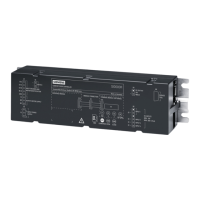
